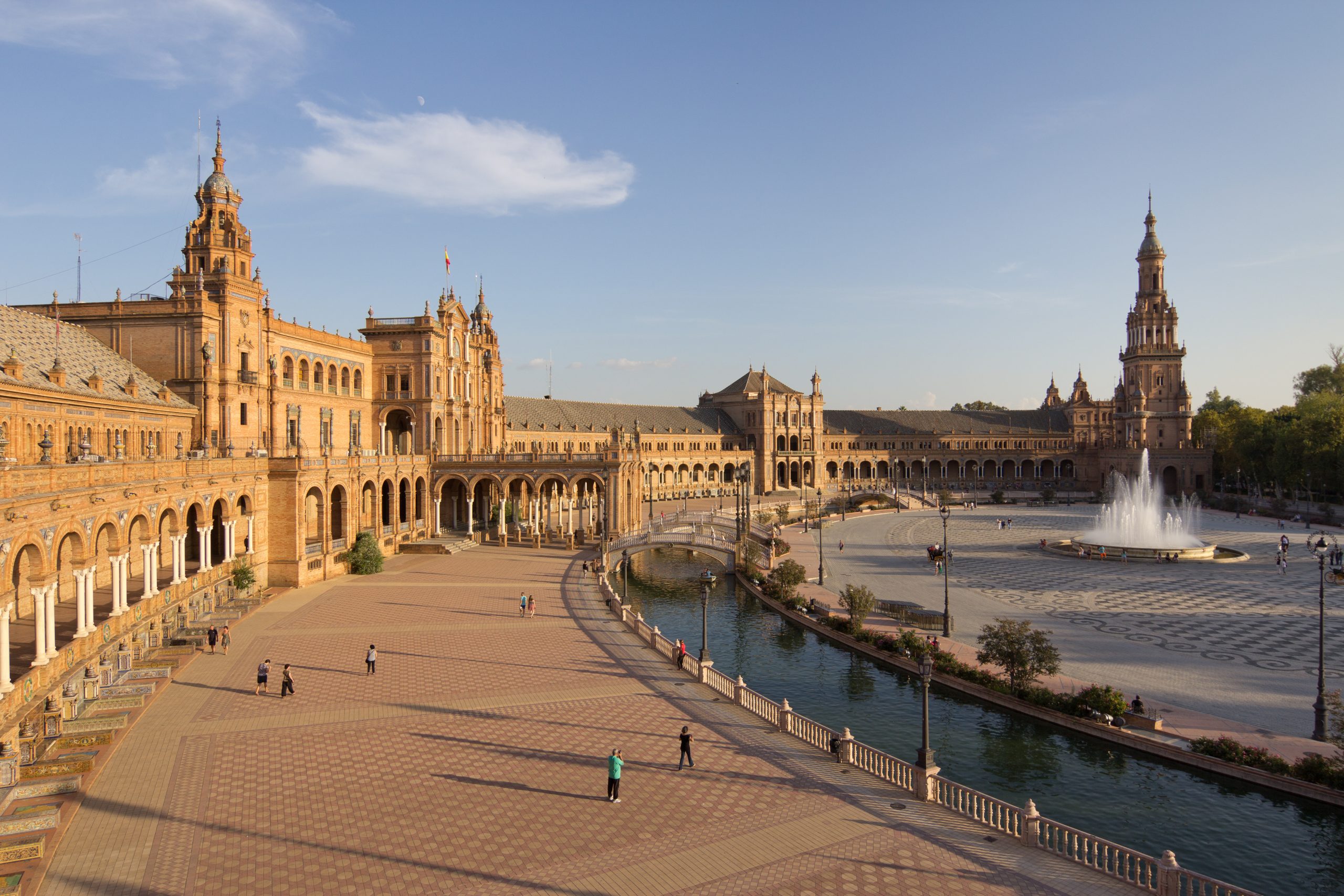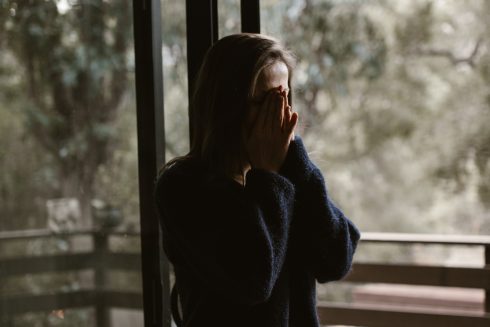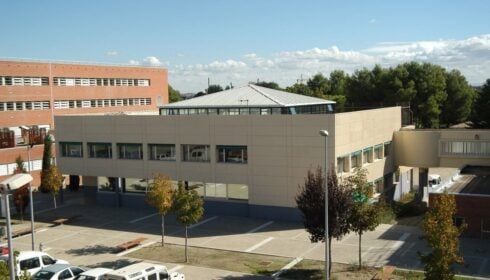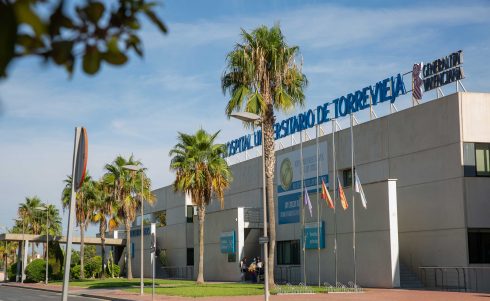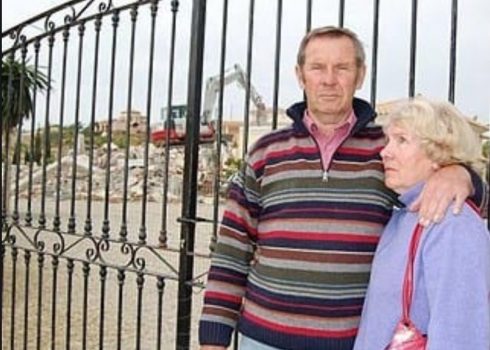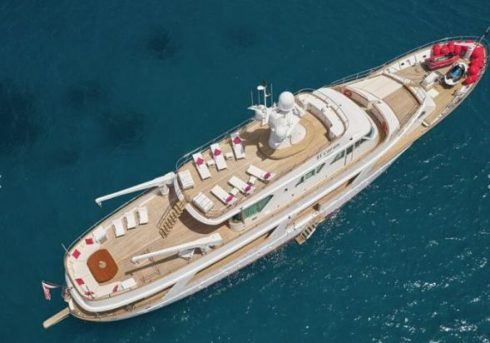FIVE centuries have passed since Christopher Columbus set sail from Sevilla for the Americas. But as you stroll along the banks of the Guadalquivir in the barrio of El Arenal, you can picture the scene as if it was yesterday.
The medieval shipyards here – which have existed since the days of Julius Caesar – are central to this ancient city’s history.
The galleons built in these gothic-style docks played a pivotal role in the battle for the Strait of Gibraltar and the Hundred Years’ War as well as that first iconic expedition to the New World.
Latterly they also starred in the fictional world of Game of Thrones, posing as the crypts of the Red Fortress in the seventh season of the hit fantasy series.
Today you can sail down the river in the wake of Columbus, passing landmarks that paint a vivid picture of Spain’s Golden Age.
Indeed the Genoese explorer still abides in the city. His bones rest in Sevilla’s cathedral in the Santa Cruz neighbourhood, although his tomb is raised off the ground, honouring his request not to be buried on Spanish soil.
The largest Gothic church in the world, covering some 23,500sqm, the cathedral was completed in the early 1500s before being registered as a UNESCO World Heritage Site in 1987.

It is one of dozens of remnants from Spain’s Siglo de Oro which, as a result of the plundering of South America, saw the country’s empire become among the most powerful in the world. Or as Philip II described it, ‘the empire on which the sun never sets’.
Between 1492 and 1681, gold and other minerals from the New World catapulted Spain into an era of wealth and prosperity, with literature and the arts also flourishing (showcased best at the Museo de Bella Artes).
Just ask maestros like Murillo and Velazquez, who chose to live in the romantic city.
Murillo has gorgeous gardens named after him while you can still visit the birthplace of Velazquez, tucked behind a narrow street the Alfalfa neighbourhood.
Luckily for us, the era also saw the Habsburg Dynasty solidify and create some of the cities most visited sites.
The stunning Real Alcazar palace and gardens, just opposite the Cathedral, is just one of the period’s legacies. Declared a World Heritage Site by UNESCO in 1987, it is among the oldest palaces in Europe, constructed in 913 when the caliph of Andalucia, Abd al-Rahman III, first decided to build a fort. Over the next 500 years it was embellished by successive Moorish, Christian and Catholic rulers, making it one of the most emblematic attractions in a region characterised by its multicultural history.

And don’t miss the climb to the giddy limits of the cathedral’s Giralda bell tower, accessed via a series of ramps designed for Moorish muezzins on horseback in order to call citizens to prayer.
The old quarter is crammed with medieval churches, convents and centuries-old food markets but it’s not the only antique jewel in Sevilla’s crown, as the neighbours of Triana on the other side of the Guadalquivir will affirm.

Once home to sailors, potters, flamenco dancers and bull-fighters, the rich history of the city’s ‘Left Bank’ is as colourful as the buildings which light up the river along iconic Calle Betis.
The barrio was once known as an arrabal, the name given to areas separated from the centre of Sevilla. And many locals in this funky barrio still see themselves as strictly Trianero and distinct from the rest of the Sevillanos, often referring to their neighbourhood as the Independent Republic of Triana.
Believed to have been founded as a Roman colony under emperor Trajan, the landmark Isabel II bridge is the principal point of entry.
Today it’s home to a thriving pottery and tile industry – with a museum paying homage to these crafts; and there’s always something going on – street markets, fairs and flamenco festivals with an authentic gypsy vibe.
If you’re up to braving the Sevilla heat between July 21 and 26, the Vela Santa Ana festival held every day and night along Calle Betis is not to be missed.
The riverbank comes alive with food and drink stalls lining the waterfront while during the day an ancient contest known as the La Cucana sees participants attempt to walk along a boat’s bow which has been slathered in grease to retrieve a little flag at the prow, with prizes for those who complete the slippery task.

Back over the river, however, something new is brewing.
In the central neighbourhood of Alfalfa, the Soho Benita district is a tribute to Sevilla’s more contemporary side.
Spanning six streets (Golfo, Perez Galdos, Don Alonso el Sabio, Ortizo de Zuniga, Santillana and Jose Luis Luque), it incorporates some 20 small businesses, including a modern art gallery, a nail salon and traditional barbers, and was recently tipped as a must-visit by the New York Times.
The latest arrival is the RecoVeco restaurant on Calle Ortizo de Zuniga, opened just this year.
The Spanish ‘heritage’ eatery promises traditional and seasonal Andalucia dishes but with an avant garde twist – and all in a superchic setting – the perfect finale to a day of sightseeing.
And you wouldn’t be the first to want to hang out in the Alfalfa barrio.
It was as recent as 2019 that former US President Barack Obama was ‘papped’ entering the popular eatery Bache San Pedro after attending a climate change summit in the city.
No one knows what he ordered but the pork with ‘special sauce’ is sublime, as is its famous cheesecake, made with payoyo cheese from the hills of Cadiz.
And back in 2015, Uma Thurman dressed up as the Virgin Mary while drinking at the uber traditional El Garlochi bar – a watering hole like no other, with more religious art than wall space and only the holiest of music blaring through the speakers.
Alfalfa provides the perfect snapshot of Sevilla, where centuries’ old traditions live in harmony alongside 21st century upgrades.
For more modern-day marvels, head for the spectacular Las Setas in the neighbouring Encarnacion barrio. At a height of 26 metres it is the largest wooden structure in the world.

Officially known as the Metropol Parasol, it boasts six swooping mushroom-shaped roofs that undulate over four levels.
It was designed by Berlin architect Jurgen Mayer, selected in a government-run competition to renovate the area in the early 2000s.
Underneath you’ll find the Antiquarium, home to Roman and Moorish remains unearthed during its construction, while at street level the public plaza hosts a market and regular public events.
The top level offers jaw-dropping views of both the structure itself and the city.
While locals initially groaned at the project, it has now become one of Sevilla’s proudest and most Instagrammed sites.
A few minutes walk from here on Plaza de los Terceros, you’ll find the city’s oldest bar.
Still writing orders on its worktop with chalk, El Rinconcillo has been serving locals beer and tapas since 1670.
Indeed its hundreds of years of serving Andalucia’s most populous city which has turned Sevilla into one of Europe’s top foodie Meccas.
The art of tapas fusion has been mastered here, with unique and delicious gastrobars around every corner.

Whether it’s fresh oysters at Triana’s historic food market or melt-in-the-mouth beef cheeks and manchego ice cream at Eslava in the Alameda neighbourhood, you’ll struggle to find a bad meal here.
And if you want to take home your own piece of the city, head to one of its many markets – the best being the art market every Sunday next to the Museo de Bella Artes and the antiques market on Calle Feria every Thursday morning.
With unrivalled history, incredible food offerings and the buzz of a capital city, Sevilla should be pinned to the top of your bucket list this year.
DON’T MISS: Plaza de España

Repeatedly ranked as the number one tourist attraction in Spain on TripAdvisor, the Plaza de Espana is truly a work of art.
Designed by Caidon Fox for the 1929 Sevilla Expo, it was created to showcase Spain’s industry and technology exhibits at the historic fair.
Famously, in 2002 it was used as a location for Star Wars: Episode II – Attack of the Clones.
The complex is a huge half-circle with buildings running around the rim in a mix of 1920s Art Deco, Baroque and Neo-Mudejar styles
The buildings are accessible via four ornamental bridges representing the four ancient kingdoms of Spain, built over a moat which runs the length of the complex.
Tiled alcoves in the walls depict the provinces of Spain while the romantic Vicente Traver fountain in the centre provides a background symphony of water music.
If you REALLY have time to kill, you can row a boat along the moat. It seems like an unnecessary tourist trapping but it does make for a great photo!

READ MORE:
- Visit our travel guide section for more about Sevilla
- Top five dining spots in Sevilla: Where to eat and soak up the Spanish dining experience in the Andalucian capital
- The 10 best tourist sites in Spain’s Sevilla (and how to see them all in one day)
Click here to read more Olive Press Travel News from The Olive Press.

